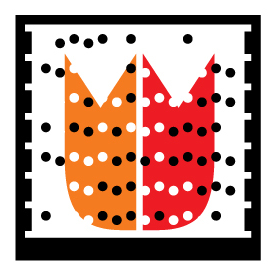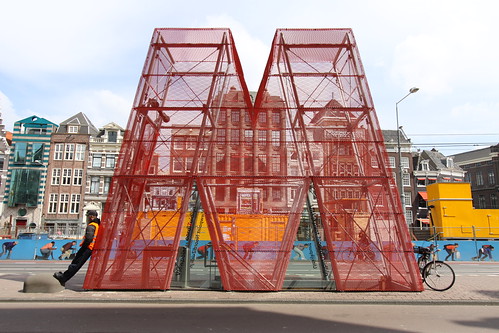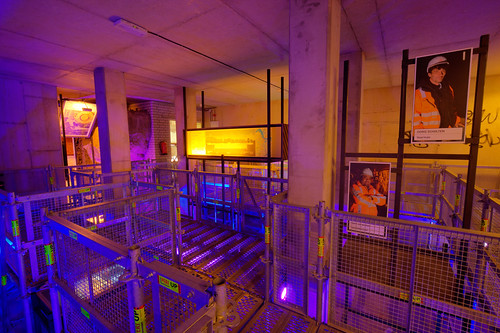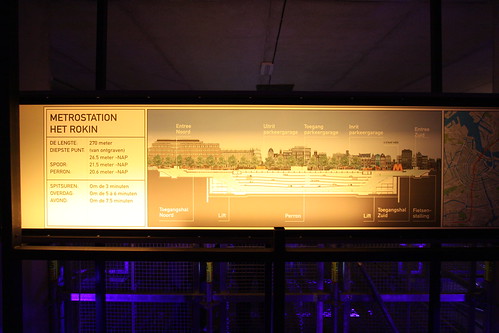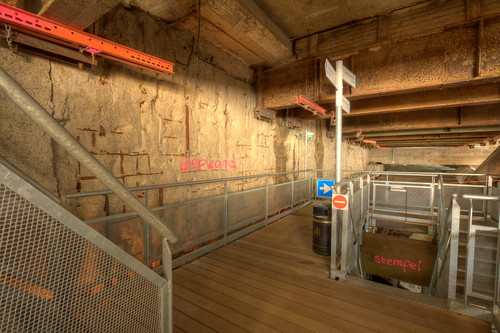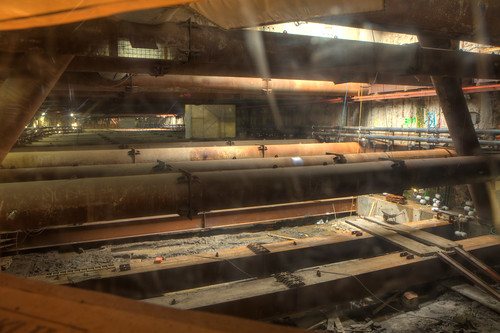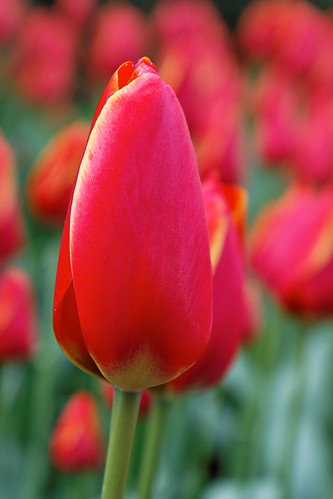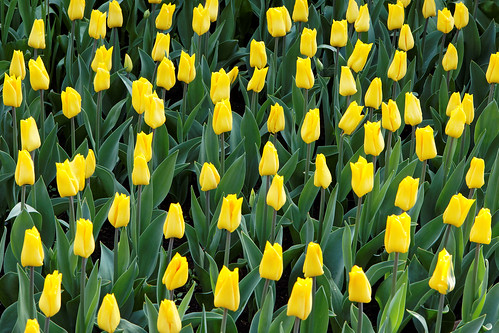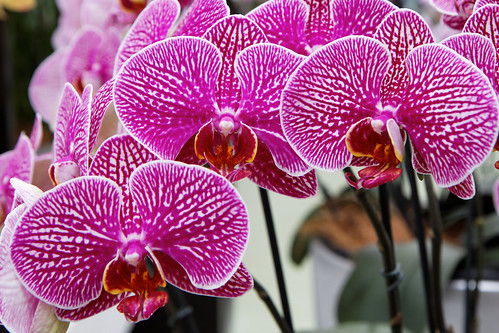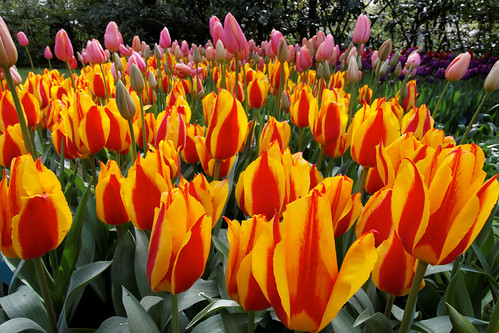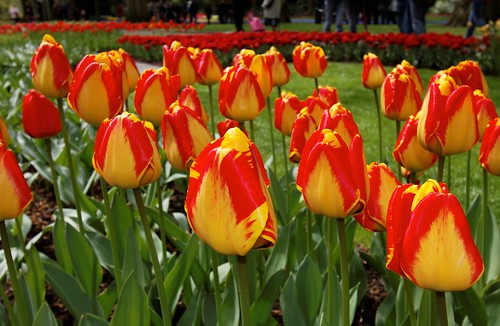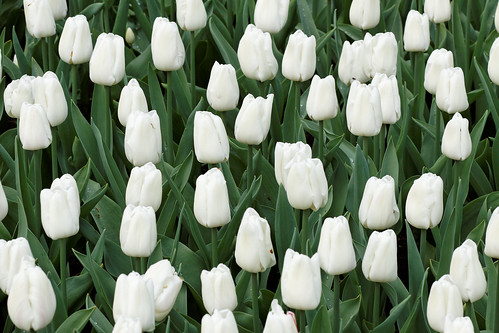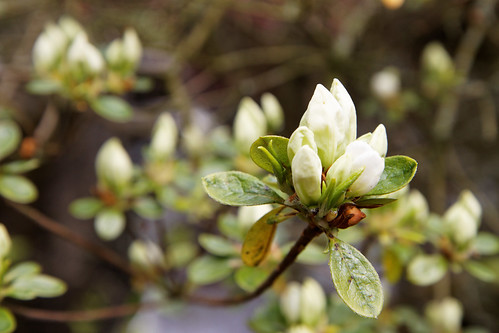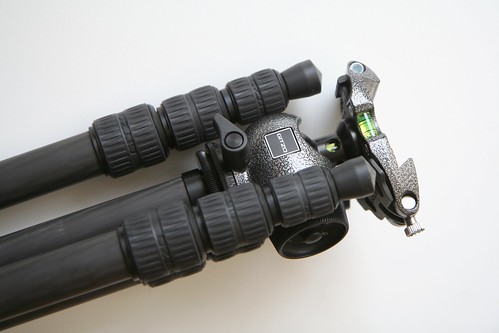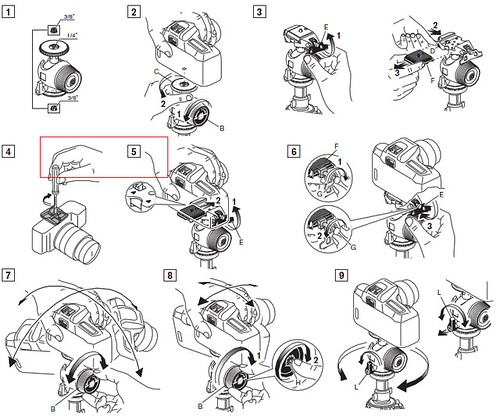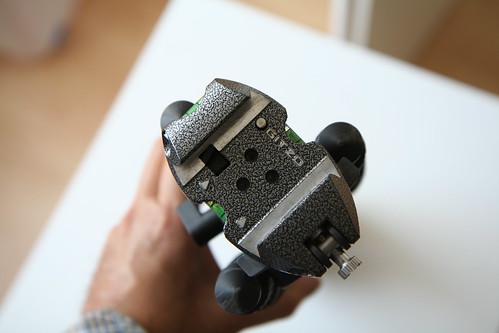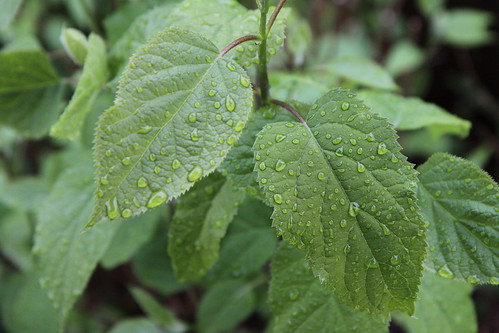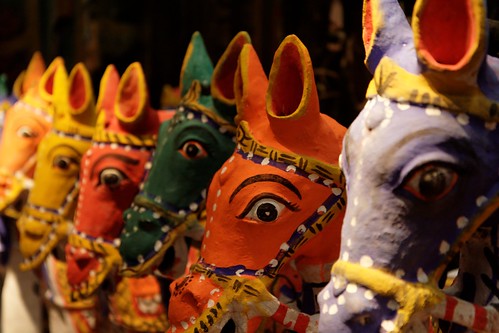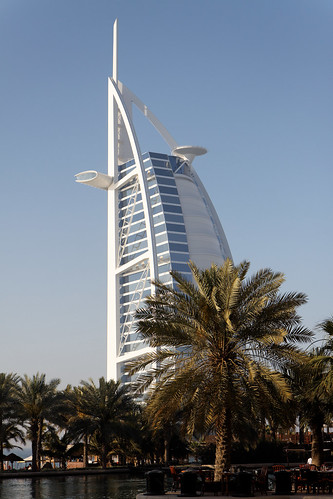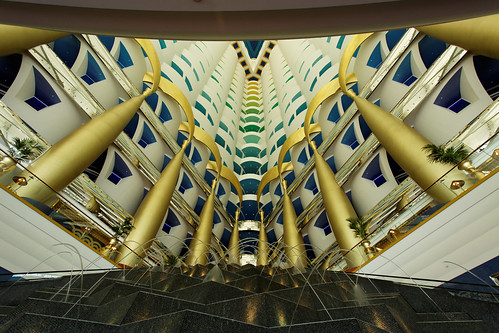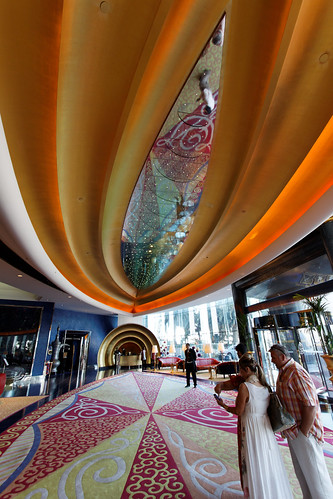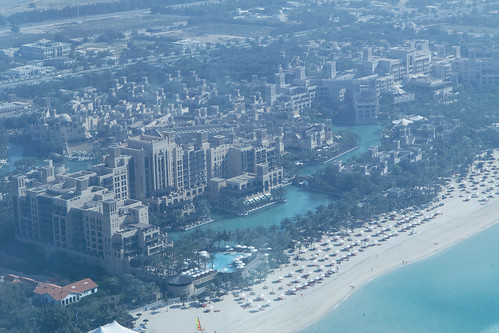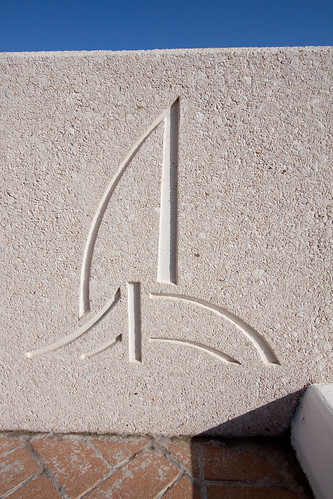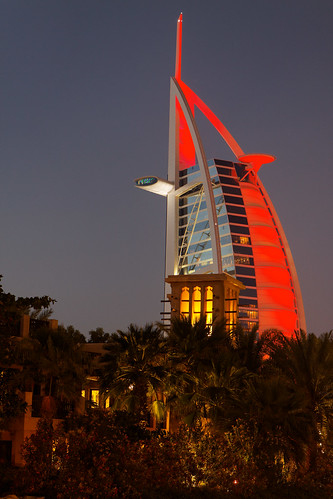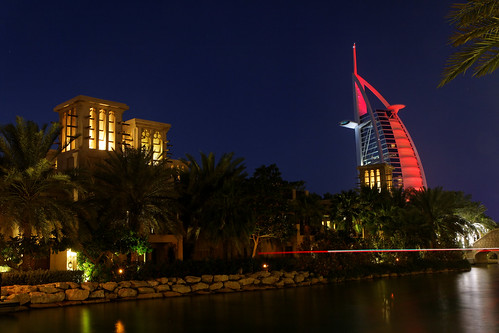For personal use I did a quick scan of the capabilities of QR codes and Microsoft tags. Before I share my experience first a quick introduction.
QR Codes
A QR Code is a two-dimensional bar code developed by the Japanese corporation Denso Wave in 1994. The letters “QR” stand for “Quick Response” because the QR Codes can be decoded at high speed from live video streams.
At first QR Codes were used to identify car parts. Somebody came up with the idea to read QR Codes with a mobile phone containing a camera. This way QR Codes could be used outside a factory, in the consumer world. Later on, when mobile phones got internet access, someone came up with the idea to use QR Codes to store URLs or other type of information like phone numbers, email addresses, vCards.
The recommended minimum size of a QR Code is 2 by 2 centimeters. Even more space might be needed when more data is encoded inside the QR Code,
Microsoft tags
A Microsoft tag is a two-dimensional bar code developed by Microsoft. The company refers to it as a so called High Capacity Color Barcode (HCCB). Clustered of coloured triangles are used to encode the information (instead of square pixels). As a result data density is increased and Microsoft tags can encode the same amount of information in smaller images.
Application
QR Codes can store a string of characters which can represent several forms of information. Examples are:
- phone number
- email address
- plain text
- web address (URL)
A QR Code can be decoded locally in the mobile device by the reader software, just like “normal bar codes”. The size of a QR Code grows with the amount of data stored. At some point it is not practical anymore to store all the data inside a QR Code.
A method has been devised to give a mobile user access to data while maintaining the QR Code at a reasonable size. The QR Code is used to store a web address. A mobile device (like a phone) scans the QR Code, converts the QR Code to a URL and accesses the URL for more information. This way the QR Code image stays relatively small, while the user has access to much more data than stored in the QR Code itself.
Another advantage for the publisher of the QR Code with URLs is that it is possible to count the number of “hits” on the web pages. This gives an idea how much a particular QR Code is used.
Microsoft tags encode a 13 bytes of raw data. The Microsoft tag reader converts these 13 bytes into a URL (internet access is required). The Microsoft tag reader then starts the browser of the mobile device to access the data.
Usage
The use of QR Code is free of any license. Denso Wave owns the patent rights on QR Code, but has chosen not to exercise them. QR Codes were used first in Japan. The United States and Europe are slowly following.
Microsoft tag has been in beta until May 2010. Usage of Microsoft tag is described in the Tag Terms of Use. Basically it is free to use the tag web site to generate codes, manage them, and look at the statistics.
The following statement drew my attention (version 27 May 2010) section 13.3 Term and termination:
QUOTE
Microsoft may terminate this Agreement, the API or any Service, or may cancel or suspend your right to use any Tag or the API or any Service for any reason, or for no reason, at any time. In the event of a termination of the API or Service as a whole, Microsoft shall use commercially reasonable efforts to continue the Basic Service, Reporting Service and API in effect as of the date of such termination for a period of at least two (2) years from the termination date. For purposes of clarification, Microsoft will have the right to terminate any or all of the API, Service or any functionalities relating to existing Tags, without any obligation to continue the Service or API for reason of (a) law or regulation; (b) an event of force majeure; (c) actual or threatened court action; or (d) your breach of this Agreement.
ENDQUOTE
Examples
Here are some examples of QR Codes. These codes were generated by the Kerem Erkan’s QR Code and 2d generator.


Here are some examples of Microsoft tags. Tags are made by the Microsoft Tag Manager.


I will describe my experiments with QR Codes and Microsoft tags in the following order:
- creating tags
- placing tags on paper and web site
- reading tags
Creating QR Codes and Microsoft tags
QR Codes can be created with several web sites. Examples are:
I had best results with the QR Code and 2D Code Generator. It is one of the few code generators where you can specify a border. This is necessary because there has to be a 4 module white space (quiet zone) around the QR Code. On my web site with a black background QR Codes generated with the Nokia generator are not recognized because they lack the border.
Microsoft tags are generated on the Microsoft Tag web site.
Placing QR Codes and Microsoft tags
I experimented with placing the bar codes on my personal web site and on paper.
Placing QR Codes on my personal web site turned out to be tricky. QR Codes need a quiet zone around the actual QR Code. At the time of writing, my web site has a black background, and the quiet zone was not always presented. This had impact in the reading performance. Read on for more information.
QR Codes can be rather big in size, depending on what you encode. The recommended minimum size is 2.5 centimeters. Read the Kaywa white paper for more information. QR Codes on a business card can dominate the design.
Microsoft tags are much smaller. so they are more easily placed. They are more visually attractive. You can even design custom tags to optimize the look of the Microsoft tag in relation to your product.
Reading QR Codes and Microsoft tags
The QR codes were read using the i-nigma Reader version 3.06.01 running on a HTC Touch HD with Windows Mobile 6.1 using its 5 megapixel camera. The QR Code is recognized when it is inside the reading area of the software and reasonably sharp and big enough. Reading QR Codes placed on a black background failed when there is no quiet zone around the QR Code. I encountered this while placing the QR Codes on my blog with a black background. I also printed QR codes with on a Canon MP640 printer. The QR Codes are recognized as long as they are larger than 2.5 centimeters.
Microsoft tags were read using the Microsoft tag reader version 3,0,0,88 also running on the HTC Touch HD. Reading Microsoft tags was much easier. They were recognized, even when the tag was not in focus, or while the tag was moving (due to camera shake). The Microsoft tag size printed on paper in just under 1.5x1.5 centimeters during these tests, so this was rather impressive.
My experience
At the moment QR Codes are widely used than Microsoft tag. QR Codes are in use for more than 14 years, and are being adopted by more and more companies. Even Google is experimenting with QR Codes in the project Google Favorite Places.
Microsoft tags are not much used at the moment. It has only been around for 2 years, so we have to wait and see. I do not like the Tags Terms of Use. Microsoft’s statement that support for Microsoft tag can be revoked, is not appealing to me.
For my own personal use I would like to use Microsoft tag. However, the terms of use are a little odd at the moment, and Microsoft tag is not wide spread in use. QR Code is getting more and more attention in the Netherlands. The Dutch public transport web site www.9292ov.nl uses QR Codes to give access to calculated travel journeys on mobile phones. Magazines like Esquire and Bright give media attention to QR codes also. So for my personal business cards I would use a QR Code, and I will keep a close eye on Microsoft tag.
